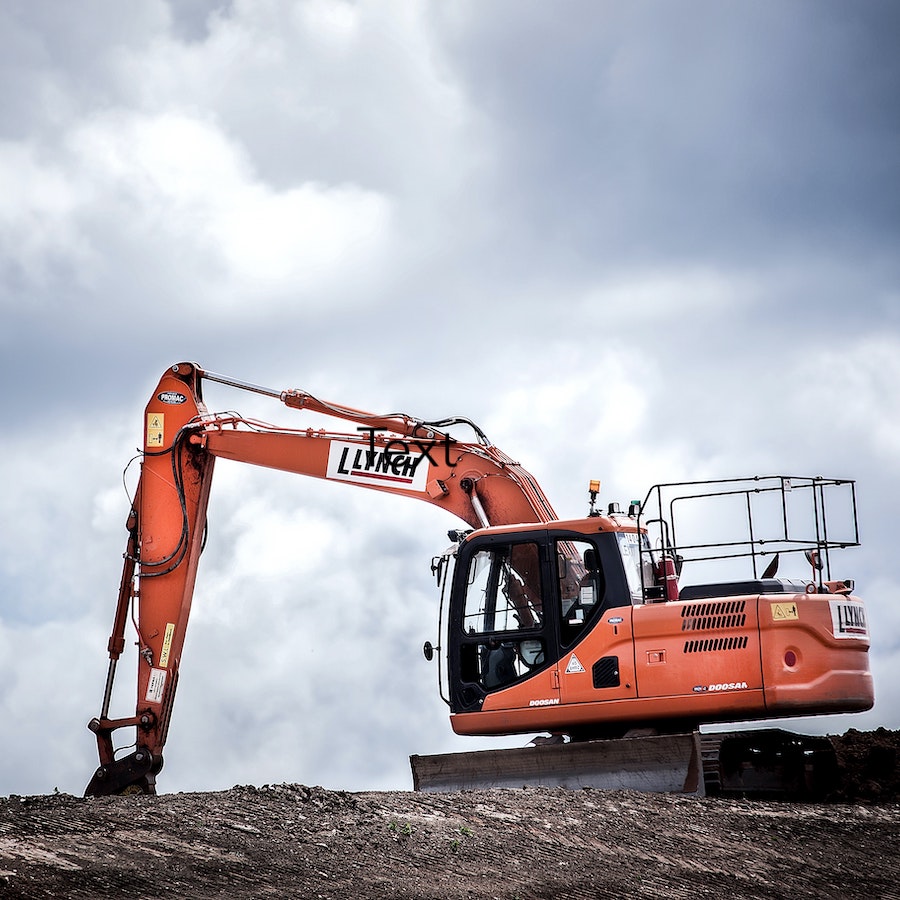Here’s the situation – you’ve got a new construction project that may be a 3 or 4 year build. You’re in your procurement phase when you contact BT to book your construction site broadband installation.
But you’re told that the earliest installation date available is somewhere between 30 days to 6 months away. Your construction phase is starting imminently, so what’s your plan B?
It’s a given that you need internet connectivity at your site from day 1. You’ve got site cabins on their way for the contractor team, subcontractors and client to work from. Site power is arranged.
But without an internet connection your workforce’s productivity is going to be a challenge, risking the project timescales from the very outset.
Don’t overlook the wider connectivity picture
And construction site internet isn’t only required to get your team and their devices online. There are other business critical considerations on modern construction sites.
Rapid advancements in construction solutions relating to operations, HR and security functions mean that there is an explosion of construction site technology requiring WiFi connectivity, such as:
- Biotechnic facial recognition – contactless security systems for construction sites
- Digital platforms to check construction workers’ ID and help prevent modern slavery
- Training apps for construction subcontractors, offering learning on the go to upskill construction workforces
- Machinery from the likes of Caterpillar, Case and Komatsu containing telematics sensors that require connectivity in order to gather data.
And coming back to your workforce, they’ll need business grade connectivity at their site cabins in order to attend video calls, print documents, access online systems, emails and phone systems.
Construction site broadband is business critical for construction sites and it certainly won’t wait for up to 6 months. It needs to be in from day 1.
How to get construction site broadband quickly
Luckily, there are some alternative options available to you. Construction internet and temporary WiFi providers are plentiful, and they can help get you up and running fast.
Building contractors are targeted at completing a fixed fibre installation before they hand the site over to the client. Whilst it’s beneficial for a fixed broadband installation to be as close to the start of the construction phase as possible, many construction firms have temporary WiFi providers that can deliver at short notice during the construction phase.
In fact, with the contractual terms and lack of flexibility that come with a fixed fibre solution, many contractors prefer the more flexible and unrestrictive approach of their temporary internet providers. It’s not uncommon to opt for this solution throughout the entirety of the construction phase.
Planning for seamless connectivity
If you opt for temporary construction site broadband, ensuring that this fits seamlessly with your fixed solution is important.
Here’s our advice on how to ensure continuation of service throughout your project:
- Aim to engage with a temporary WiFi provider 1-2 weeks before you require connectivity. This allows time to source the right equipment, carry out site surveys to assess 4G and 5G coverage, and design the best solution for your site. Whilst installations can happen the next day, this could mean hoping for a few stars to align on the day. Or, risking repeat visits with different equipment once the site has been fully surveyed.
- Provide your connectivity partner with a good WiFi brief. This includes basic information like location and number of devices connecting, but also details of the layout of the site. Outlining where the cabins will be, who/how many will be working in each cabin and what activities need to be carried out will help them to prepare adequate connectivity and bandwidth.
- Ensure that power arrives first. It sounds obvious, but you’d be surprised how many sites don’t have power available for their temporary connectivity installation. When your construction connectivity and WiFi is installed, start it up and test it, so that it can get full sign-off. Without power, this isn’t going to be possible and you may end up paying for repeat visits.
- Keep your WiFi provider informed of all site changes. If site cabins are being relocated or added, it may mean that either existing WiFi access points need to be moved, or more access points need to be added. This should always be done by your WiFi provider to ensure that everything connecting via those access points can still obtain a strong connection. If you start moving things around on site, then you can affect the quality of your connectivity and remote support. In our experience, this often leads to an engineer being called out to resolve issues.
- Plan your switch from a temporary to fixed broadband service. When it comes to switching from your temporary internet service to your fixed service, communicate your timelines well with both parties. Your temporary provider can guide you on the switchover process so that you’re not left with connectivity gaps mid project. We recommend only canceling your temporary service once you’ve had enough time to fully test all of your hardware connecting to your fixed broadband solution.
With the right planning, and good suppliers, your construction site broadband will be a breeze.
Need advice? Then contact one of the Fli-Fi team for a friendly discussion, we’d be happy to help.















